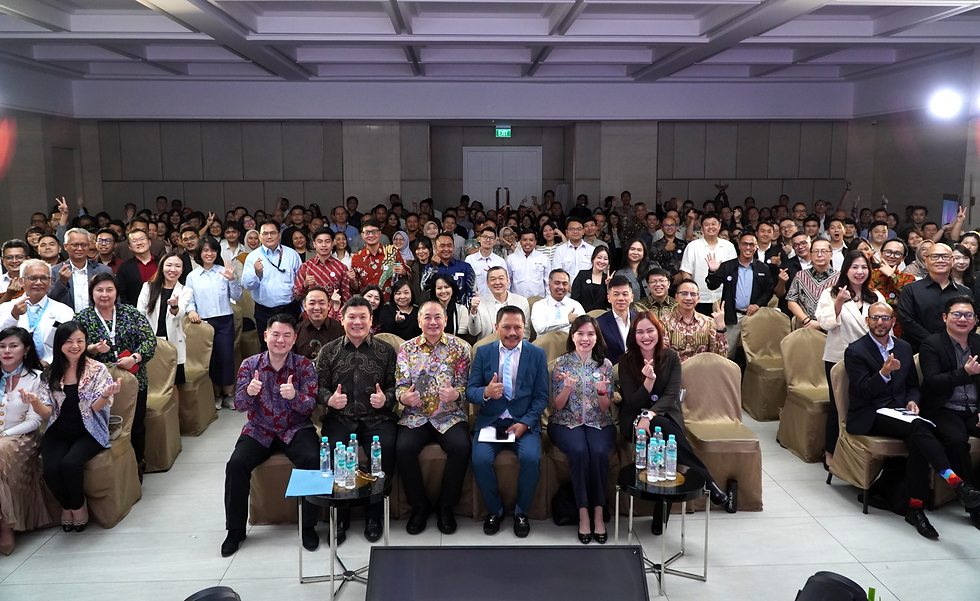Future-Proof Yourself in an Age of Disruption:9 Techniques to Achieve Learning Agility
- TechConnect

- May 17, 2023
- 3 min read

What is learning agility and why is it one of the critical characteristics for success?
Learning agility is a skill in high demand. The learning agile amongst us can connect past and present information and experiences quickly and adapt and solve problems despite constant change and often ambiguous information. They are considered risk-takers, open to new ideas and solutions, act quickly, enjoy taking on new challenges and are very comfortable with being uncomfortable.
So, without further delay, let's go beyond memory retention and explore 9 top future-proofing techniques for learning agility.
1. Develop Mindset
Mindsets can be complex beasts to shift. Bringing compassionate awareness to our internal voice is an excellent start but it will generally require cycles of effortful action and reflection to achieve lasting change.
2. Learn Less Information
In today’s constant state of information overwhelm, embracing such techniques isn’t just a matter of convenience, it’s a matter of necessity. By being strategic about what we commit to memory, and reducing cognitive load in the process, we provide space for deeper thinking, which leads to the next point.
3. Learn More Mental Models
Mental models are conceptual frameworks that help us understand and act in the world. From metaphors like 'desktops' on computers to frameworks like GROW in coaching, such models act as short-cuts, allowing us to quickly understand and engage with the world.
4. Be Conscious of The Unconscious
Be aware of our biases and know when to adopt 'slow thinking' to take a more considered view. It’s walking the tight-rope of using tacit knowledge in areas where we have experience and expertise while being aware that such shortcuts are inherently prone to bias.
5. Learn to Unlearn
Letting go of deeply held mental models is one of the most challenging aspects of learning agility. There are a number of techniques that can support effective unlearning, some of which are captured in the following infographic.

6. Targeted Practice
The idea that it takes at least 10,000 hours to become an expert. Since then, Anders K Ericsson, the researcher behind this claim, has published Peak, his own compelling book, to stress that developing mastery is less about time and more about deliberate practice.
In contrast to mindless repetition, deliberate practice includes seeking expert feedback to identify and practice our weak spots in relation to our goals.
7. Work Out Loud
There are a number of aspects to this, from working effectively in a team, fostering a community of practice, and engaging with broad networks. One approach that assists with all of these groups is 'working out loud'. Sharing our work in progress, actively contributing to others, and developing meaningful collaborative relationships as a result.
8. Stretch and Fail Fast
Working with ambiguity requires cycles of exploration, testing, and learning. This includes rapidly prototyping ideas to quickly test assumptions and understand our audience, situation and/or challenge. A key aspect of such experimentation is understanding that failure is part of the journey as we stretch beyond our comfort zone to accelerate our learning and impact.
9. Embed Reflective Habits
The 3 elements of habit formation as a cue, routine, and reward. Leveraging such behavioral loops are crucial to embed change because we know that motivation generally doesn’t last.
Stanford University’s B.J. Fogg developed this into his argument for 'tiny habits' which consist of daily, low effort actions tied to cues such as having a shower or buying a coffee. Choosing cues to prompt short reflective moments will provide the time and space for us to better learn from failure, shift mindset, and abstract experiences to develop and combine mental models.
Be compassionate with yourself as you continue to develop and make sure you don’t go it alone. Forming groups, leveraging mentors or coaches, and just working out loud will all help to keep you on track and stay sane.
In our rapidly changing world you won’t know where this will take you but, by embracing these strategies, you’re more likely to enjoy the ride.
Source: HBR, Opinta, eLearning Industry, The Power of Habit Book by Charles Duhigg





Comments